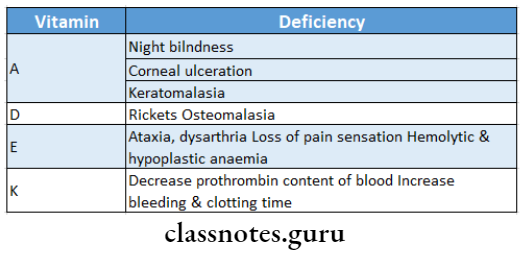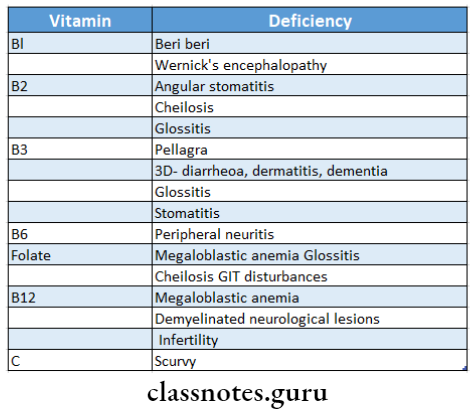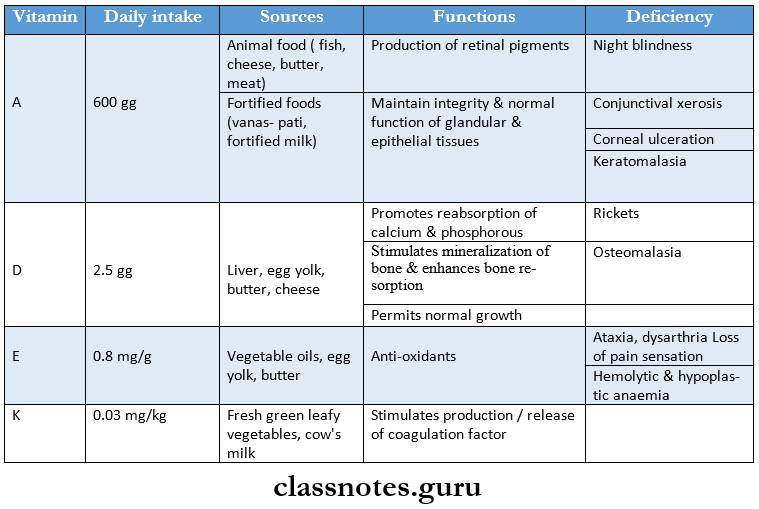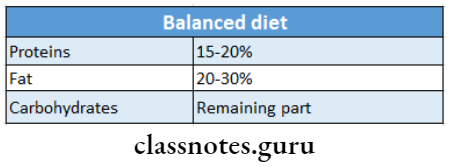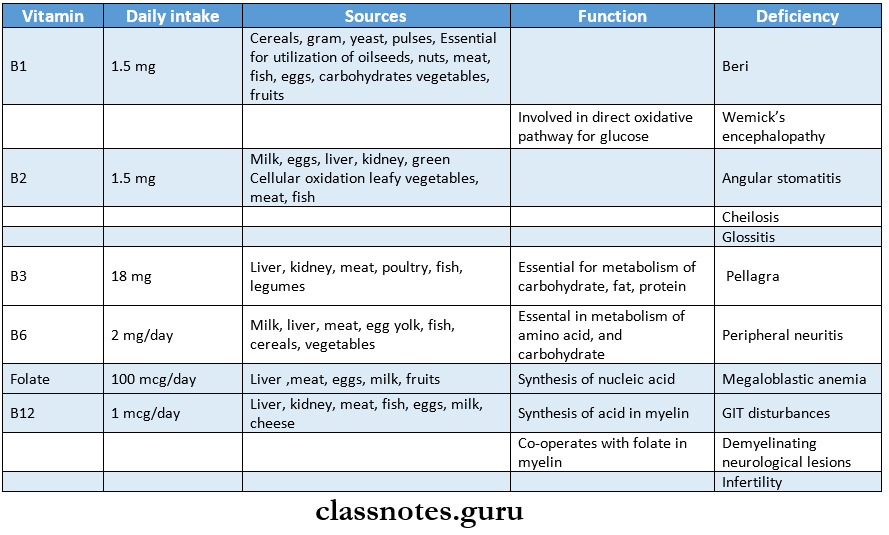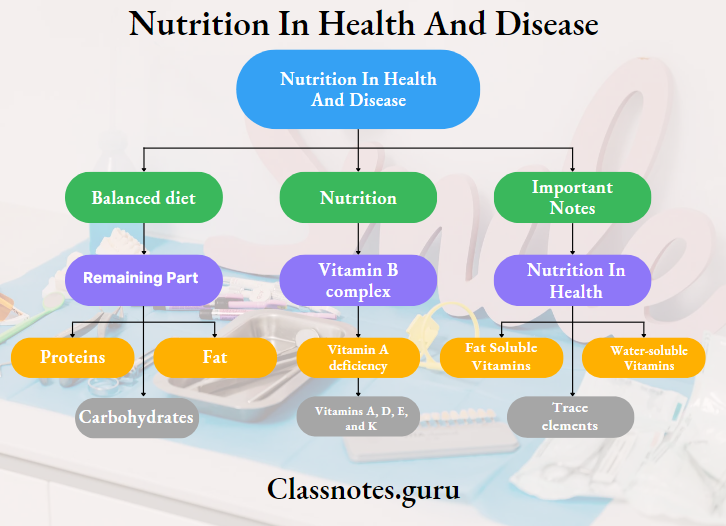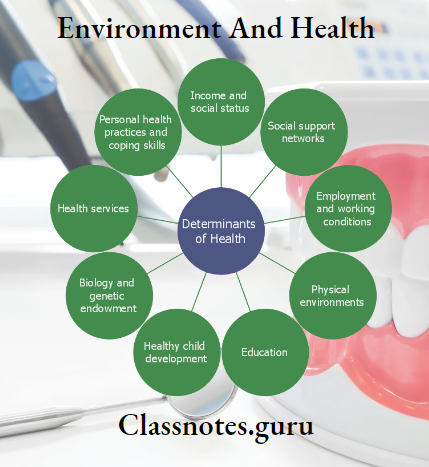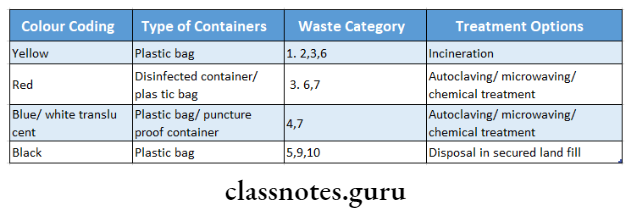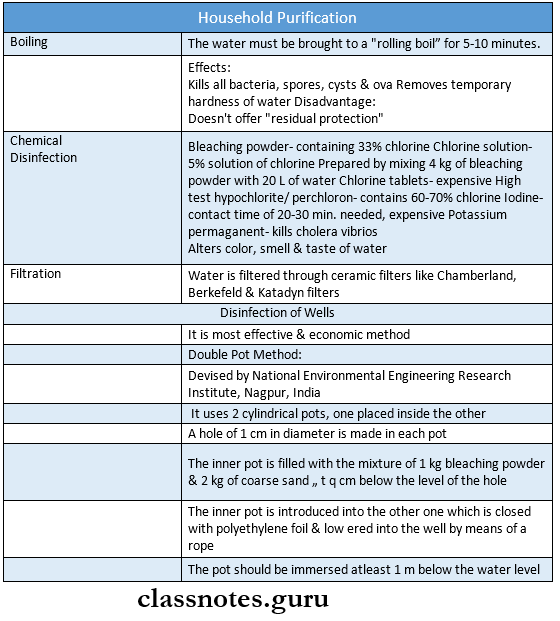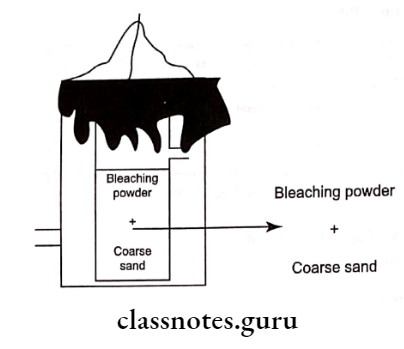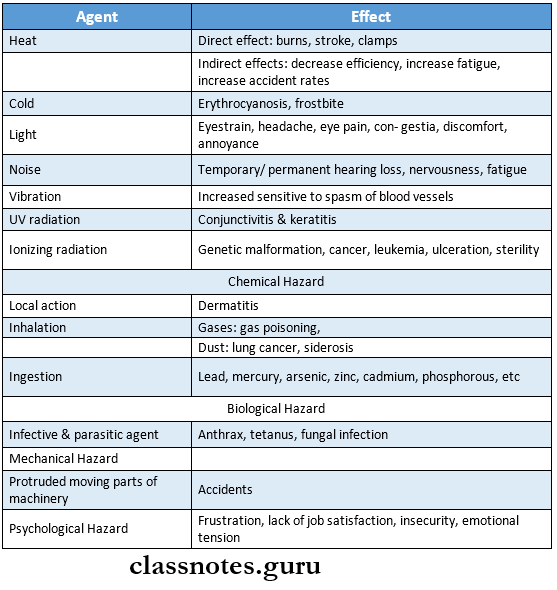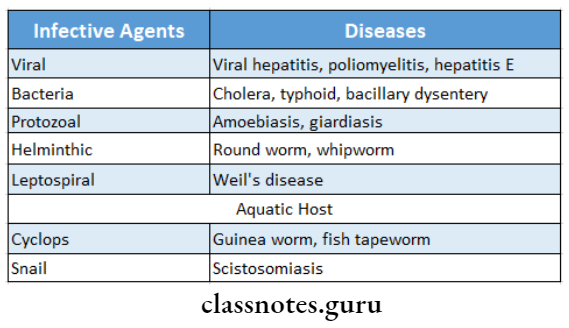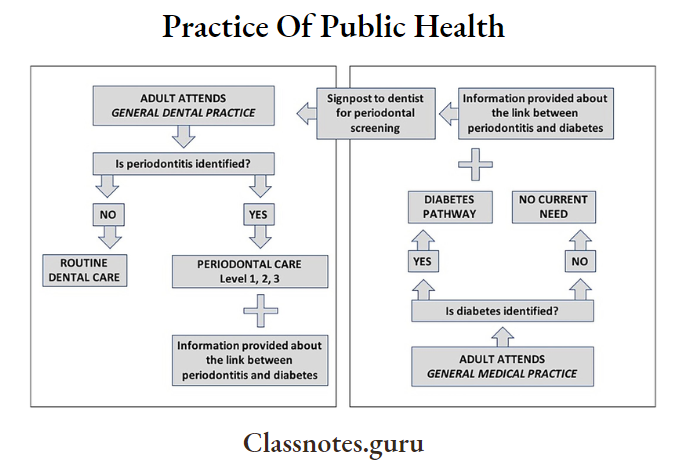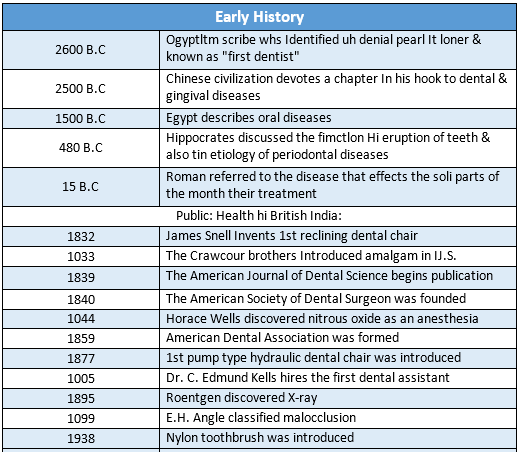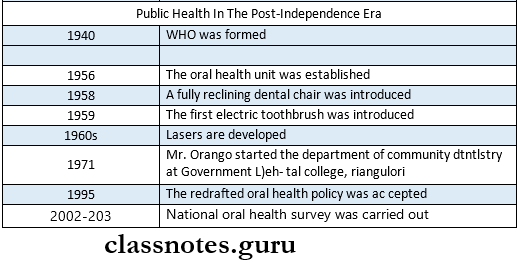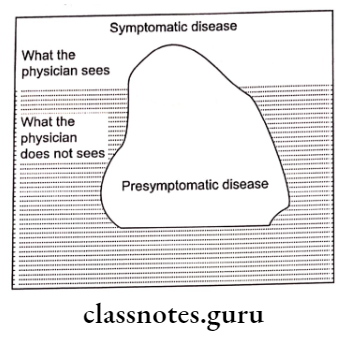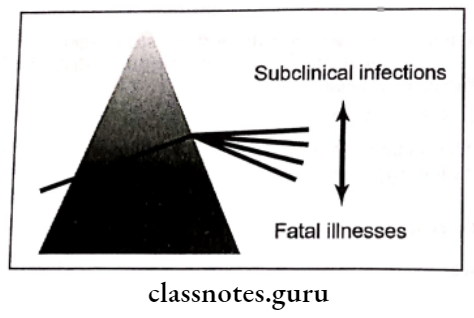Health Education Definitions
Health Education
- Health education is a process that informs, motivates & helps people to adopt & maintain healthy practices and lifestyles, advocates environmental changes as needed to facilitate this goal & conducts professional training & research to the same end
Community Dentistry
- Community Dentistry is concerned with dental disease prevention & dental health care services to all the people of the community, the rich, the poor, the educated, the disadvantaged, middle class, urban & rural persons of every racial, religious & ethnic group
Propaganda
- Propaganda is a publicity campaign aimed at presenting a particular thing/ concept in a favorable light in such a way that the public may accept it without thinking about it analytically
Read And Learn More: Percentive Communitive Dentistry Question And Answers
Health Education Important Notes
1. Principles of health education
- Credibility:
- Interest
- Participation
- Motivation
- Comprehension:
- Reinforcement
- Learning by doing:
- Known to unknown
- Setting an example
- Good human relation
- Feedback
- Leaders
2. Soil, seed, sower
Soil, seed, and sower form the important components of any health education program All components are interdependent and result in dynamic interaction
3. Approaches to health education
- Individual approach
- Personal contact
- Personal letters
- Home visits
- Group approach
- Lecture
- Demonstration
- Discussion methods
- Group discussion
- Panel discussion
- Workshop
- Symposium
- Seminars and conferences
- Role-playing
- Mass media
- TV
- Radio
- Newspapers
- Printed material
- Direct mailing
- Posters, billboards, signs
- Health museums and exhibitions
- Folk media
- Internet
- Mobile
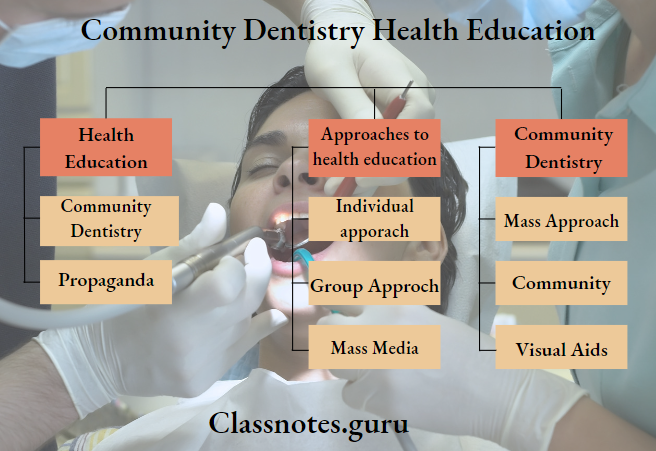
Community Dentistry Questions And Answers
Health Education Long Essays
Question 1. Define Health education. Write about principles. of health education, discuss the role of mass media in educating people at large (or) Define health education. Write in detail about the principles of health education (or) Define health education. Give your plan for educating the population of Andhra Pradesh on the prevention of dental diseases.
Answer:
Health Education Definition:
- Health education is a process that informs, motivates, and helps people to adopt & maintain healthy practices and lifestyles, advocates environmental changes as needed to facilitate this goal, and conducts professional training & research to the same end
Health Education Interest:
- The health educator should identify the felt needs of the people
- Health education should relate to the interests of the people
Health Education Participation:
- The health educator should encourage people to participate in the program
- Group discussions, panel discussions, and workshops all provide opportunities for active learning
Health Education Motivation:
Health Education Definition: the fundamental desire for learning in an individual
Health Education Types: primary and secondary
- Primary motive: inborn desires. Ex. Food, clothing, housing
- Secondary motives: desires resulting from outside forces. Ex. Gifts, love, word of praise, reward
- Health education can be facilitated by the motivation provided by the desire to achieve individual goals
Health Education Comprehension:
- The health educator must know the level of understanding, education & literacy of people
- Words that are strange/ new to the people should not
- Teaching should be within the mental capacity of the audience
Health Education Reinforcement:
- Repetition of new concepts done at regular intervals helps people to understand it
Health Education Learning by Doing:
- If the learning process is accompanied by doing new things, it is better instilled in the minds of the people
- Health Education Learning by Doing is based on the famous Chinese proverb, “If I hear, I forget, if I see, I remember, if I do, I know”
Health Education Known to Unknown:
- Health education should start where the people are & with what they understand & then proceed to new knowledge
Health Education Setting an Example:
- The health educator should set an example for other people to follow
Health Education Good Human Relations:
- The health educator must be kind, sympathetic & should have good personal qualities
Health Education Feedback:
- Health Education is necessary to find out if any modifications are needed
Health Education Leaders:
- If the leaders are convinced first about the program, then implementing the program will be easy as they are respected by the people of the community
Health Education Soil. Seed And Sower:
- The people are the soil
- Seeds: health facts- must be truthful
- Sower: transmitting media- should be attractive, pal- a table & acceptable
Health Education In Community Dentistry
Health Education Role of Mass Media:
Useful in transmitting messages to people even in remote areas
- The Health Education Role of Mass Media can reach a large number of people
- People of all socio-economic statuses irrespective of their caste, creed, and religion have access to health education
- The effectiveness can give high returns for the time and money involved.
Question 2. Define community dentistry. What are the dif- be used different methods for mass communication? (or) Public health approach/mass approach
Answer:
Community Dentistry Definition:
- Community Dentistry is concerned with dental disease prevention & dental health care services to all the people of the community, the rich, the poor, the educated, the disadvantaged, middle class, urban & rural persons of every racial, religious, and ethnic group
1. Mass Approach:
- The most common and effective approach
Community Dentistry Advantage:
- Reaches a large number of people
- Useful for people irrespective of their socio-economic status, caste, creed, or religion.
Community Dentistry Disadvantage:
- One-way communication
- Media
Community Dentistry Mass Communication:
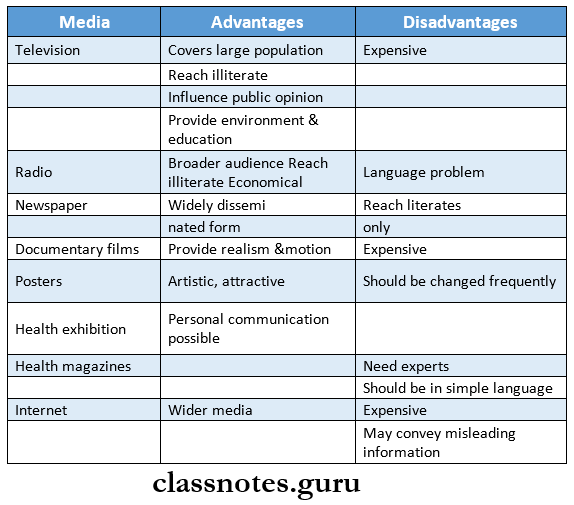
Question 3. Define Health education. What are the different approaches in health education? Discuss the most common & effective approach used.
Answer:
Health Education Definition:
- Health education is a process that informs, motivates, and helps people to adopt and maintain healthy practices and lifestyles, advocates environmental changes as needed to facilitate this goal, and conducts professional training and research to the same end
Health Education Individual Approach:
- Individual Approach is used by public health personnel like public health Advantage: nurses, health visitors & health inspectors
- They interact with the individual and their families
Health Education Advantage:
- This can be done in the dentist’s consultation room
- Can discuss, argue & persuade the individual to change the Disadvantages of his behavior
- Provide the opportunity for the individual to ask questions & clear doubts
Role Of Health Education In Community Dentistry
Health Education Disadvantage:
- The number we reach is small
Health Education Group Approach
- An effective way of educating the community
- Methods
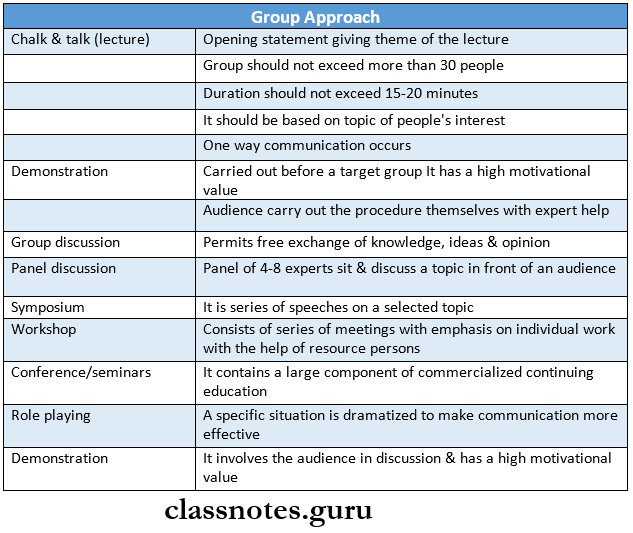
Health Education Mass Approach
- The most common and effective approach
Health Education Advantage
- Reaches a large number of people
- Useful for people irrespective of their socio-economic status, caste, creed, or religion.
Health Education Disadvantage
- One-way communication
Health Education Media:
- Refer to the previous question
Health Education Short Essays
Question 1. Differentiating between health education and Health education should relate to the interest of the propaganda.
Answer:
Difference Between Health Education And Propaganda
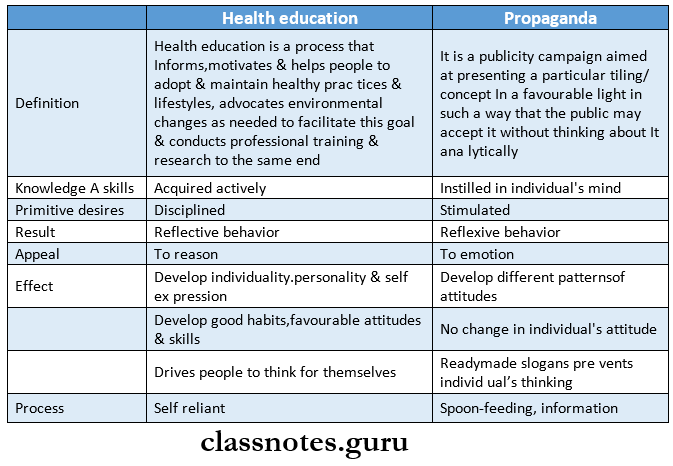
Question 2. Visual aids to health education.
Answer:
Visual aids to health education help individuals understand better
Visual Aids To Health Education Classification:
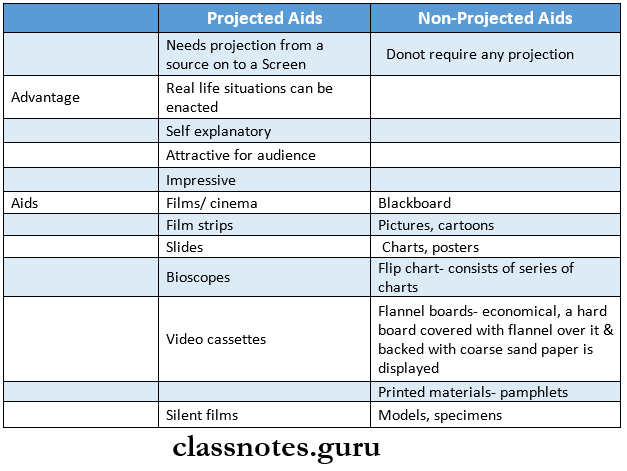
Question 3. Barriers to communication/ health education.
Answer:
Barriers To Communication Psychological:
- Emotional disturbances, depression, or neurosis
- When interacting with individuals with these problems, special methods & utmost care should be adopted
Barriers To Communication Physiological:
- Include difficulties in self-expression, difficulties in hearing/seeing, difficulties in understanding
- While educating them specific media of communication should be selected
Barriers To Communication Environmental:
- Including excessive noise, difficulties in vision & congestion
- Overcome by making small groups
Barriers To Communication Cultural:
- Barriers To Communication depends on levels of knowledge and understanding, customs, beliefs, attitudes

Community Oral Health Education
Question 4. Models of health education.
Answer:
Medical Model:
- The medical Model is concerned with the identification and treatment of diseases and technological advances to facilitate this process
- This medical information is provided to people
- But as it doesn’t give importance to the social, cultural, and psychological factors it couldn’t succeed
Motivation Model:
- To make the health information effective, the individual is motivated to put it into action
Social Intervention Model:
- This model describes the importance of social environment besides focusing on an individual’s health
Question 5. Contents of health education.
Answer:
Human Biology:
- Children are taught about
- Parts of the human body and their functions
- Importance of good health
- Need for exercise, adequate rest, and sleep
- Adverse habits like smoking, alcohol
- Methods of First Aid
Nutrition:
- People should be taught about
- Nutritive value of foodstuffs
- Effect of nutrition on health
- Optimum and balanced diet
Hygiene:
- People are taught about
- The importance of hygiene and methods of maintaining it
Aspects:
- Personal hygiene
- Environmental hygiene
- Domestic hygiene
- Community hygiene
Family Health Care:
- Family Health Care is to strengthen and improve family health especially maternal oral health to improve the oral health of the child
Control Of Communicable and Non-Communicable Diseases:
- Family Health Care is to provide knowledge about common signs and symptoms- Q. 1. Chalk and talk method. toms of disease and their prevention
Prevention Of Accidents:
- People are taught about basic safety rules and the use of mouth guards while doing sports to prevent oro-facial trauma
Question 6. Educational aids.
Answer:
Educational Aids
- Suitable for group
- Effective when used in a good environment with good light. Each speaker presents an aspect of the subject briefly, including ventilation, temperature, and comfortable seating
Auditory Aids:
- Based on the principles of sound, electricity & magnetism
Aids:
- Megaphones, gramophones, tape recorders, radio, sound amplifier
- Advantage
- Can reproduce any kind of spoken words
- Used for entertainment & mass communication
Importance Of Health Education In Dentistry
Visual Aids:
- It helps individuals understand better
- Classification

Combination Of Audio-Visual Aids:
- Audio-Visual Aids creates a better presentation as it combines both sound & sight
- Combination Of Audio-Visual Aids includes
- Television
- Tape and slide combination
- Video cassette players and recorder
- Motion pictures or cinemas
Health Education Short Question And Answers
Question 1. Chalk and talk methods
Answer:
Chalk and talk methods
- Chalk and talk is a method of group health education method
- Consists of an opening statement giving the theme of the lecture
- In it, the group should not exceed more than 30 people
- Duration should not exceed 15-20 minutes
- Chalk and talk should be based on the topic of people’s interest
Question 2. Symposium.
Answer:
Symposium
- Symposium comprises a series of speeches on a selected topic
- Each speaker presents an aspect of the subject briefly
- No discussion occurs among speakers
- In the end, the audience may ask questions & at last, the chairman makes a summary of the topic
Question 3. Motivation.
Answer:
Motivation
- Definition: the fundamental desire for learning in an individual
- Types: primary and secondary
- Primary motive: inborn desires. Ex. Food, clothing, housing
- Secondary motives: desires resulting from outside forces. Ex. Gifts, love, word of praise, reward
- Health education can be facilitated by the motivation provided by the desire to achieve individual goals
Dental Public Health Questions
Question 4. Audio-visual aids.
Answer:
Audio-Visual Aids
- Audio-visual aids create a better presentation as it combine both sound and sight
- Audio-visual aids include
- Television
- Tape and slide combination
- Video cassette players and recorder
- Motion pictures or cinemas
Health Education Viva Voce
- A series of charts displayed one after the other before a group is a flip chart.
- A series of speeches on a selected subject is a symposium.
- A carefully prepared presentation to show how to perform a skill or procedure is called a demonstration
- Mass media is an example of one-way communication
- Health education failing as a result of illiteracy is due to cultural barrier
- Health education differs from propaganda in developing reflective behavior
- The Chinese proverb ” If I hear, I forget, if I see I remember, if I do I know” illustrates learning by doing the principle of health education.
- Education can be given only to people who come in contact with an individual approach is it limitation.

